Day 35: More Box Ties
Let’s reflect on what a box tie is. Some have a very specific definition of it: having the arms in the back horizontally or the wrists crossing pulling upward. Others will have a broader definition with any symmetric positions with the wrist in the back and the elbows bent outward. This second definition is important for inclusivity as many people are unable to cross their wrists in the back.
Here we’ll explore with different ideas that challenges the traditional structures of box ties. We can also create our own!
Elbows Outward
Bring the hands together in the back with the forearms in an horizontal position without crossing the wrists so that it pushes the elbow out. The hands themselves can be in different positions, open, closed fist, holding each other, etc. This position is more accessible to people with limited mobility and an alternate way to create restriction.
Alternate starting points
Most modern box ties start at the wrists. Try starting anywhere else and see what happens.
Serpentine Box Tie
The serpentine structure can be adapted to create a box tie. This creates an interesting asymmetric pattern that will look and feel quite different from straight wraps across the chest.
Historic Ties
We can find the box tie in a multitude of historic resources. These were used to transport prisoners for centuries. The vast majority of ties in Japan’s martial arts and police documents showcase people in the box tie position.
In China, the Five Flowers tie from Kun Bang is also known to have been used to bind prisoners as well. It has a very different structure with a spiral around the arms instead of wraps or cuffs
Most of these ties have high risks, often starting with a loop around the neck and cinching on nerves. They are certainly interesting as inspiration and should be adapted to mitigate risks. We’ll look more into these topics with Prisoner Ties and More History.
Practice Time!
Let’s create our own!
Self-evaluation checklist
- Frictions are tight and compact with no undesired twists
- If you used cinches, they are flat with no bulk between the arms and the torso
- Is the tie symmetric?
- How does the rope placement feel?
- Pull the tie in different directions; how does it hold?
Exploration ideas
- Try different arm positions, what feels the most comfortable?
- Aim for a different starting point
- Can you make the structure of the box tie asymmetrical? How does this affect the stability and the feelings of the tie?
- Look at pictures from the past, what kind of ties does it inspire you?
Inspirations and Resources
- Is the TK dangerous by WykD Dave
- Asymmetry photos by Zamil 1 2
- Five flowers tie (Kun Bang)
- Prisonner Ties by Rope365
- IFA DisappearingTK
- See more box tie videos beyond this topic on the Rope365 Youtube playlist. Note that video references may display risky or unstable techniques, viewer discernment is advised. https://www.youtube.com/playlist?list=PLkrdRffh_Gg3jGVZNDK-RN5al99o3NY-e
Or return to Spring for more options.

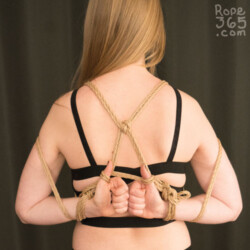
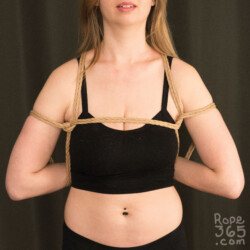
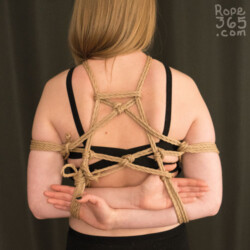


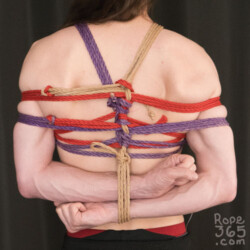
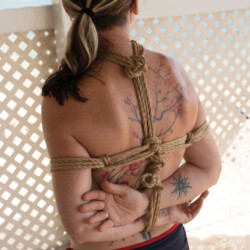
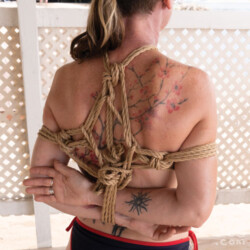

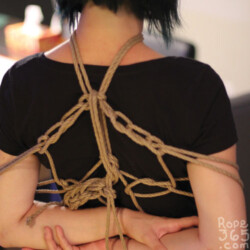
2020-02-07 at 7:00 PM
The details about Day120-126 are not included. There are not some links for Day respectively.
2020-04-07 at 8:09 AM
That is because I have not yet created the content. It will take a long time before I get to make tutorials for each of those ties as this is a free website I make as a hobby. In the mean time, you can look at the pictures and try to figure it out!
2023-05-23 at 10:36 AM
Do you have plans to include some Chinese-style ties? When rope wraps hands from shoulders to wrists.
2023-05-24 at 2:51 AM
I would love to include such ties. Sadly I haven’t found a lot of good resources for this type of ties and I don’t master them enough to make a tutorial myself. Very happy to add links to ressources to these ties if you have any.